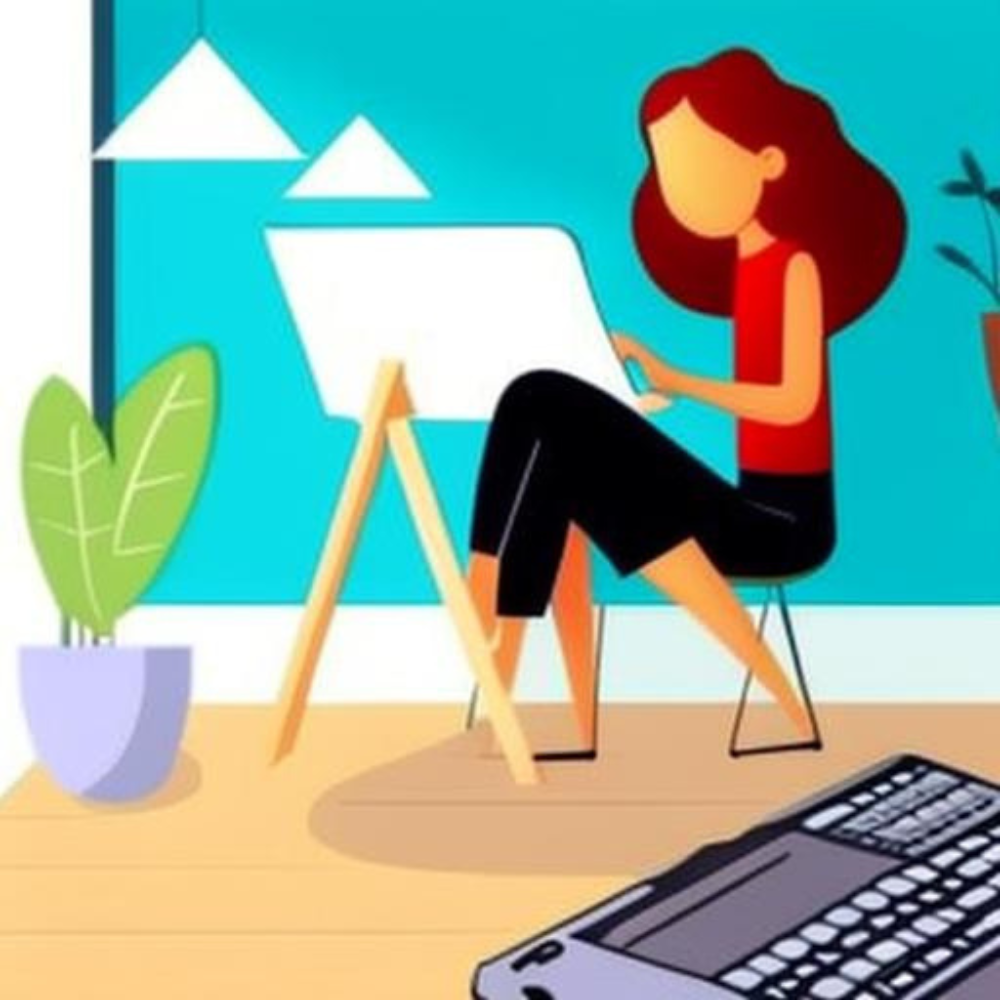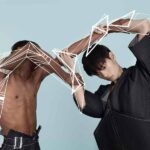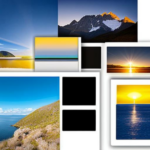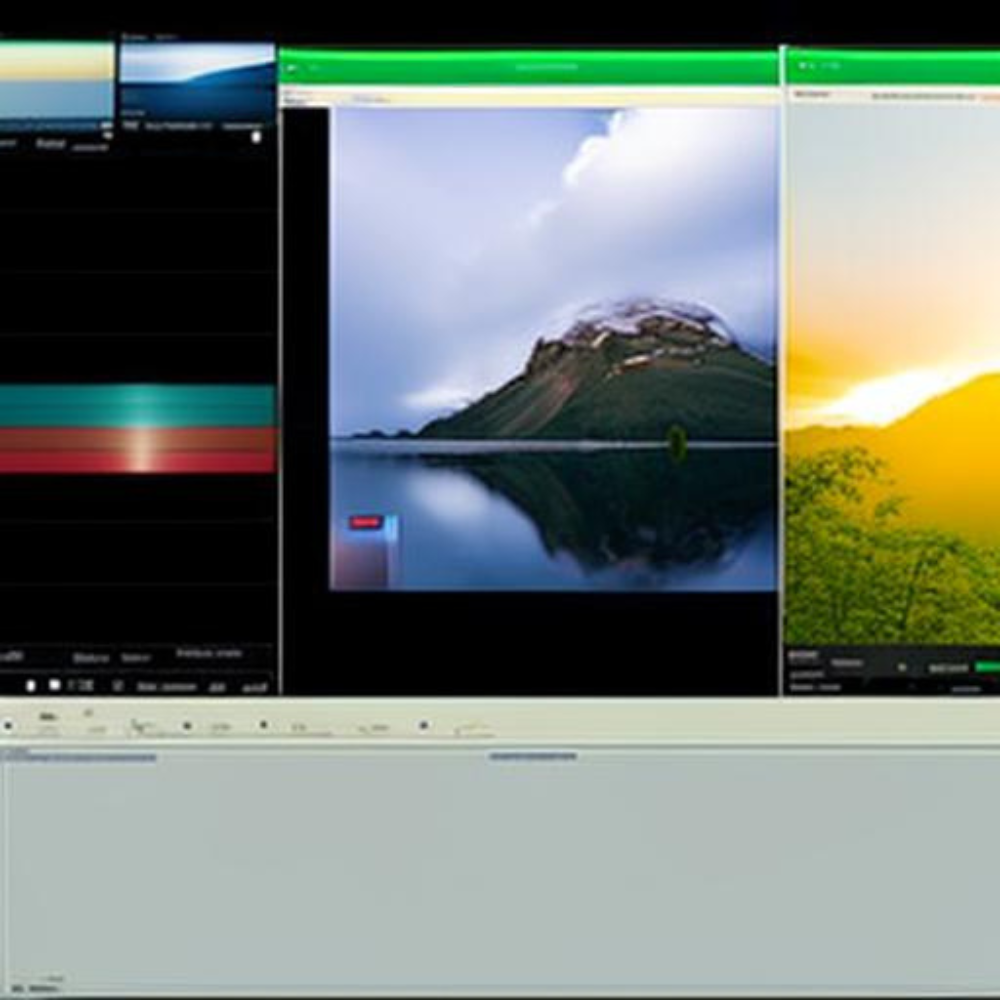Photography has been an essential tool for illustration and animation for decades. The use of photographs can help artists to create realistic and detailed depictions of their subjects, whether it be for illustrations in books or for animated movies. In this article, we will explore the role of photography in illustration and animation and how it can enhance the creative process.
Illustration
Illustration is the art of creating images that complement or enhance a written or spoken narrative. It can be found in books, magazines, advertisements, and many other forms of media. One of the primary roles of photography in illustration is to serve as a reference for the artist. Photographs can provide a wealth of visual information, such as lighting, texture, and perspective, that can be difficult to capture through observation alone. By studying photographs, artists can create more accurate and detailed illustrations that bring their subjects to life.
Another way that photography is used in illustration is as a starting point for digital manipulation. Artists can take photographs and then manipulate them using software to create something entirely new. For example, an artist might take a photograph of a landscape and then use digital tools to transform it into a fantastical scene for a children’s book. By combining photography with digital manipulation, artists can create illustrations that are both realistic and imaginative.
Animation
Animation is the art of creating moving images by sequencing a series of static images. It is used in movies, television shows, and video games, among other forms of media. Photography plays a significant role in animation by serving as a reference for animators. Photographs can help animators to create more realistic movements and gestures for their characters. By studying photographs of people and animals, animators can capture the subtleties of motion that make their characters feel more lifelike.
In addition to serving as a reference, photography can also be used to create textures and backgrounds for animated scenes. By taking photographs of real-world objects and locations, animators can create backgrounds and textures that are more detailed and believable than those that they could create from scratch. Photographs can be used to create everything from natural landscapes to urban cityscapes, providing animators with a wide range of options for their settings.
Conclusion
Photography is an essential tool for both illustration and animation. It serves as a reference for artists, providing them with visual information that can be difficult to capture through observation alone. It also provides a starting point for digital manipulation, allowing artists to create illustrations and animations that are both realistic and imaginative. Whether it be through studying photographs or using them to create backgrounds and textures, photography is an invaluable part of the creative process for illustrators and animators alike.





